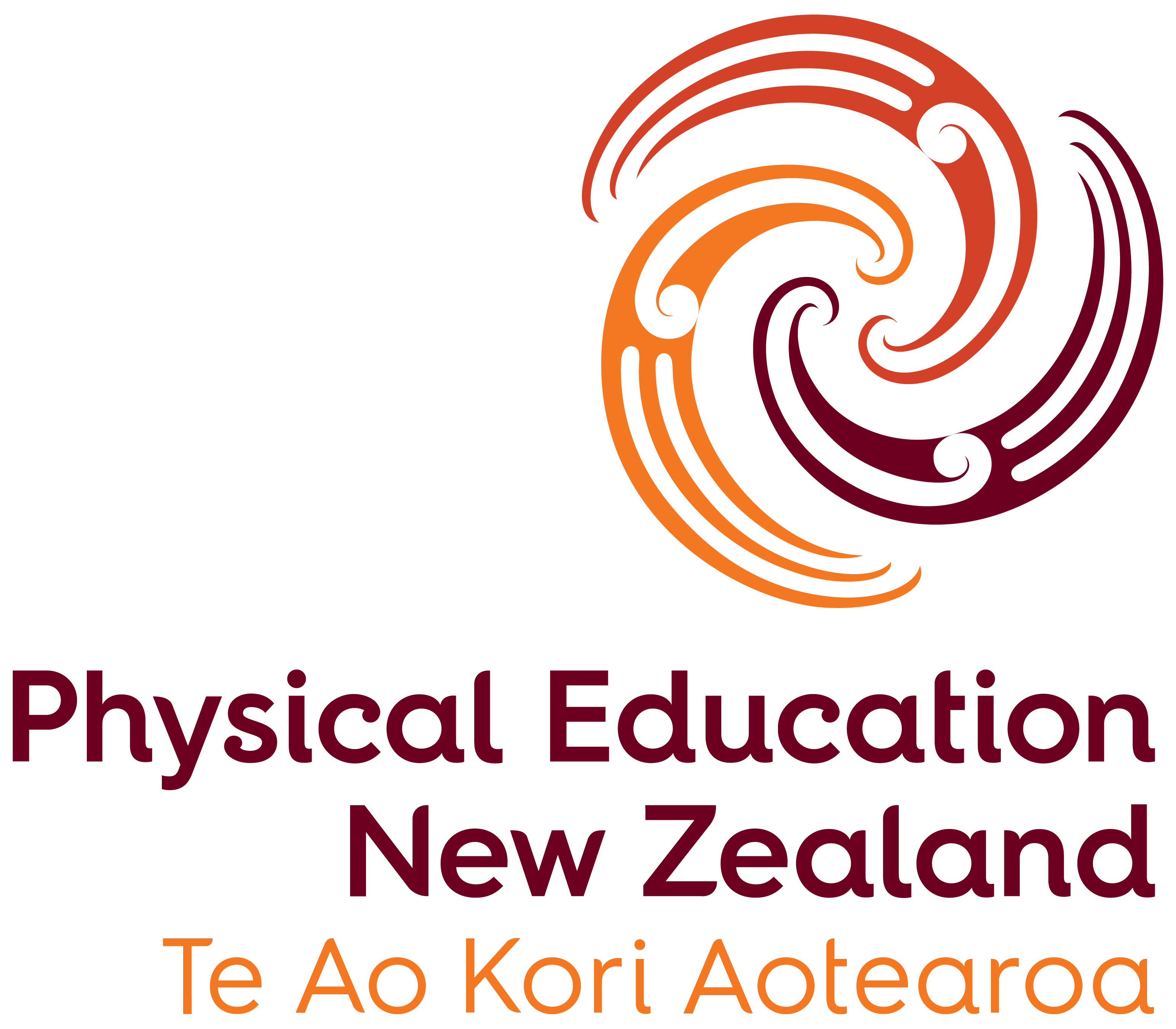The history of Physical Education New Zealand
Physical Education New Zealand is the national, professional organisation for physical educators in New Zealand. The organisation was formed as the Physical Education Society of New Zealand in 1937 following local initiatives taken by leading personalities (J.Duffy, Ken Reid and Arthur Roydhouse respectively), in Wellington, Auckland and Otago, a couple of years earlier. The newly formed organisation set up a system of examinations incorporating an Associate Membership by examination and a Fellowship by presentation of a thesis. The examination system served members well until it was gradually overtaken by qualifications offered by universities, teachers colleges and other organisations. By 1967 the Society decided to change its name to the New Zealand Association for Health, Physical Education, and Recreation (NZAHPER) to embrace the developing profession of recreation and to align itself more closely to international kindred organisations such as AAHPER and ACHPER. A feature of the organisation was the conduct of national conferences, the provision of in-service training for members, and the publication of a journal (started in 1953 which built on the work of Phillip and Olive Smithells who produced a cyclostyled Bulletin). By 1993 a health education organisation had been established for health educators and recreation professionals had set up their own organisation resulting in NZAHPER changing its name to Physical Education New Zealand, to specifically serve the needs of physical educators. Following the major reforms stemming from the Tomorrow’s Schools restructuring of education, Physical Education New Zealand decided to be active in resource production (the “head office” of the physical education branch of the Department of Education having been abolished) and to take a strong lead in the provision of in-service training. National and International conferences, the quality of the Journal, the provision of teaching resources, the accessibility of the website are strong features of the current delivery of services.rA striking feature of Physical Education New Zealand’s work has been the promotion of te reo kori and te ao kori. Physical educators have always embraced aspects of tikanga Māori in their training and national conferences have been inter-laced with Māori movement. Strong minded advocates for a cohesive approach to Maori movement coordinated by Ra Kohere resulted in the birth of te reo kori, (the language of movement). Ra took the concept onto many marae and gained acceptance to proceed with the promotion. Rose Pere became a staunch supporter and she advocated a change of name to Te Ao Kori, (the world of movement) but while this was adopted by Physical Education New Zealand it did not receive wider recognition. Te reo kori is a distinguishing feature of New Zealand physical education.
The professional organisation has campaigned for the provision, as of right, for gymnasiums in schools; it defended the name physical education against Ministry of Education attempts to adopt physical wellbeing as the name for the curriculum area; it has maintained strong programme of advocacy to advance the acceptance and status of physical education; it delivers outstanding in-service training through national conferences and regional meetings and it continues to promote te reo kori. Physical Education New Zealand has a rich history of achievement which has positioned it well as an organisation to adjust to the changes that the future may bring.
